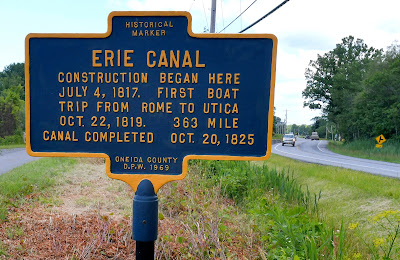 |
| Purple Gang lineup in 13th Precinct--the Canfield Street station. |
Since May 2018, I've been researching Detroit's Prohibition-era kingpins--the Purple Gang--for an untitled book I'm writing. As helpful as the Midtown Detroit Public Library Burton Historical Collection and the Walter Reuther Library were to my early research, a couple of trips to the Windsor, Ontario Library, Biblioasis bookstore, and landmarks where the liquor trade flourished were information-rich finds. Seems like the Canadians have done a better job documenting their Prohibition history than Americans have.
One thing I've learned is that Al Capone had more to do with smuggling on both sides of the international border than most people realize. He was the larger than life figure who defined the Big City gang boss. Capone ruled from Chicago and his organization financed affiliates in Detroit, St. Louis, Kansas City, and Cleveland.
Rather than muscle in on the Purple Gang's Detroit territory, Capone cut a fat deal with the gang to take all the uncut liquor they could hijack or smuggle across the Detroit River. The Purples were not the only gang in the liquor acquisition business. They competed with the Italian Dago Mob to the east and the Italian Moustache Pete's to the west for control of the illegal booze business. The Jewish Purple Gang worked with anybody who could help them make money. They worked with members of both gangs and acted as a buffer between them until the 1931s.
 |
| Some background reading. |
 |
| Tommy's Bar 1928 Purple Gang roundup at the height of their power. |
I'm struggling to find out some factual information about gang members families. Obtaining death certificates should be routine, but these are proving difficult to get. Purple Gang members I'd like to know more about are the Bernstein brothers Abe, Ray, Joe, and Isadore; the Keywells Harry and Phil; Harry Millman; Irving Milberg; Abe Axler and Eddie Fletcher. If any of these wise guys have relatives with some basic information, contact me at www.gregoryafournier@gmail.com. I want to portray them as accurately as possible.
Right now, I'm most interested in Joe Bernstein's wife. One source says she was Marguerite Ball--a dancer with the George White Follies based in Chicago. Ancestry.com disputes this. She may be the Yoko Ono of this story. After her husband took a slug in the spleen in 1930, she gave him an ultimatum, "Either the gang or me." I know there is more to that story than is readily apparent.
The Purple Gang members were real people beyond the headlines but little documentation is available. I have two theories why so little personal information is available about these "well-known" underworld figures. The first and most obvious reason is they fiercely protected their wives and kids and kept them out of the public eye. Reporters who harassed or threatened the security of family members soon felt the wrath of a gang inspired beating. My other theory is that their Jewish families were ashamed and embarrassed by their hoodlum sons. Photos and other memorabilia must exist, but they are surely closely guarded family artifacts. After eighty years, it would be wonderful if some of that history were preserved and shared.
 |
| Tough street kids with a rifle. |
I'm surprised how many Detroiters have never heard of the Purple Gang. There are some people who maintain there never was a Purple Gang--that they were only a media creation of the yellow press looking for headlines. Back in the day, whenever alleged Purples were questioned by police about the gang, their answer was always the same, "The Purple Gang? Never heard of them." One thing is for certain, every one of them broke their mother's heart.
The Las Vegas Mob Museum: https://fornology.blogspot.com/2018/11/las-vegas-mob-museum.html




